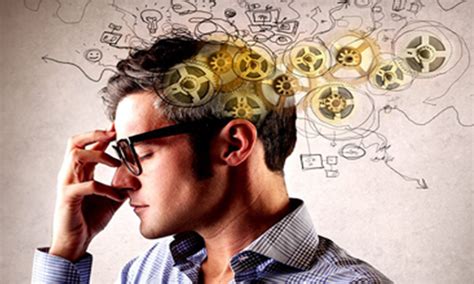Consider where you were ten years ago. How have your values, level of happiness in life, and personality changed? Then, imagine your life ten years from now. Do you think you will be any different?
People of all ages report more change over some time in the past than they predict for the same period into the future when questioned about past vs. future change
Kazufumi Omura at Yamagata University in Japan and Brian W. Haas at the University of Georgia in the US describe some cultural variations in sensitivity to it. Additionally, their publication in the Personality and Social Psychology Bulletin offers some fascinating explanations for why such variations arise.
Haas and Omura examined pre-existing data on about 5,000 middle-aged Japanese and American volunteers for the first of two studies. Participants provided information on their current status, their life satisfaction at a previous time point of ten years, and their anticipated life satisfaction at a future time point of ten years. A person’s End of History Illusion (EoHI) which is the gap between their stated level of past change and their expected level of future change.
In terms of life satisfaction, family relationships, and employment situation, both the American and Japanese groups were shown to be susceptible to the illusion, but the Americans were more so since they reported more past vs. expected future change than the Japanese participants.
The results of a test of participants’ self-esteem were then examined by Haas and Omura. Only among Americans, they discovered that those with higher self-esteem tended to be more open to the delusion. The Japanese participants tended to indicate that their pasts were more positive than their present circumstances, whereas the Americans tended to report that their pasts were more negative than their present circumstances.
Personal development, improvement, and the “American Dream” are concepts that are far more prevalent and valued in the US than they are in Japan. By casting a harsher light on their past, Americans may feel as though they have truly matured and developed, boosting their self-esteem.
Personality was the focus of Haas and Omura’s second study. More than 1,600 individuals from the US and Japan were gathered online by the two researchers. Simple personality tests were performed by each participant for their current personality as well as their perceived personalities from the past ten years and the future ten years.
Americans tended to report greater past than expected future personality change than the Japanese individuals, which is consistent with the preceding pattern of results. In contrast to their current personalities, they also tended to see their prior selves adversely, while Japanese people tended to claim that their past selves were pretty comparable to their present selves.
Again, greater American reports of past personality change were associated with better self-esteem scores. This time, though, Haas and Omura also examined results on a test of “self-concept clarity,” which effectively measures how well people believe they understand themselves. They discovered a correlation between higher self-concept clarity ratings, which were more prevalent among Americans, and forecasts of less present-to-future personality change.
Why is this the case? Americans may be more focused on having a sense of “knowing themselves” The researchers argue that believing one’s self will remain steady in the future “may help to preserve trust in self-knowledge.”
The researchers concluded: “These findings demonstrate that US Americans’ perception of their personality development is somewhat motivated by their desire to think of themselves as having improved and grown in respect to the past and as being stable moving forward in the future.”
The work is subject to several restrictions. Knowing both the actual and estimated personality and life satisfaction scores during the 20-year timeframe would have been fascinating. But doing such a study would undoubtedly take several years.
The investigation, according to Haas and Omura, not only demonstrates that different cultures don’t always include the same life tales but also reinforces the notion that our life stories are fundamental to how we conceive of ourselves over time.
According to the authors, “The End of History Illusion (EoHI) helps to portray a picture that one has changed significantly in the past and is currently in a pretty steady good position.” Even though this illusion appears to occur across all cultures, US Americans appear to depict the EoHI more vividly than Japanese do.

